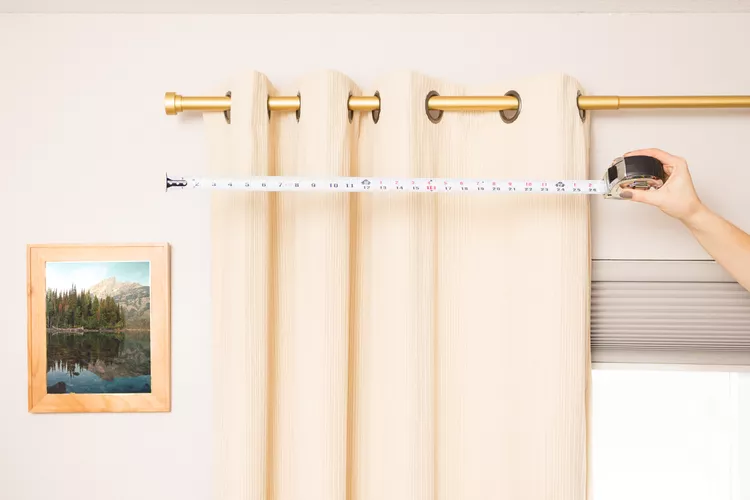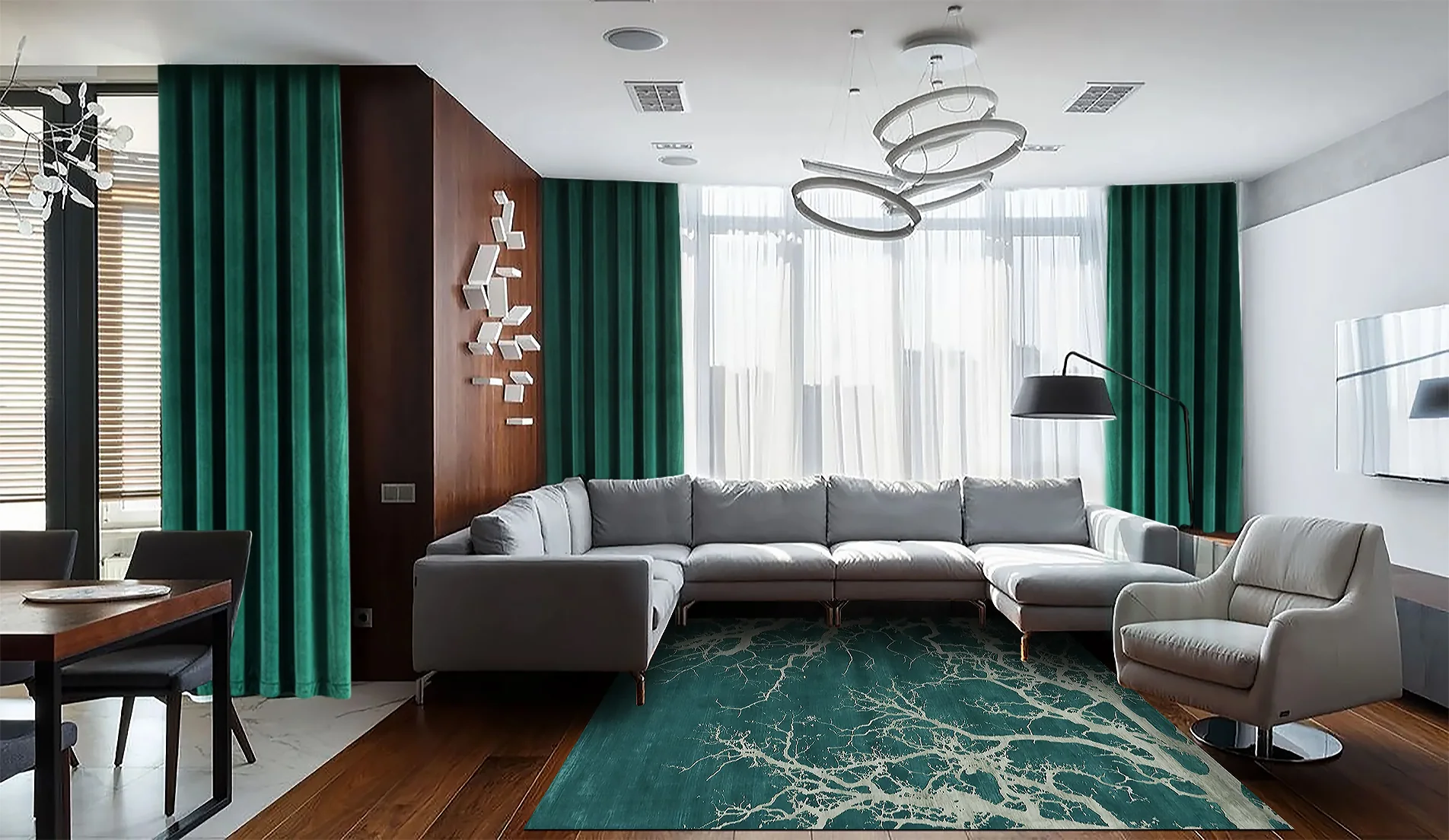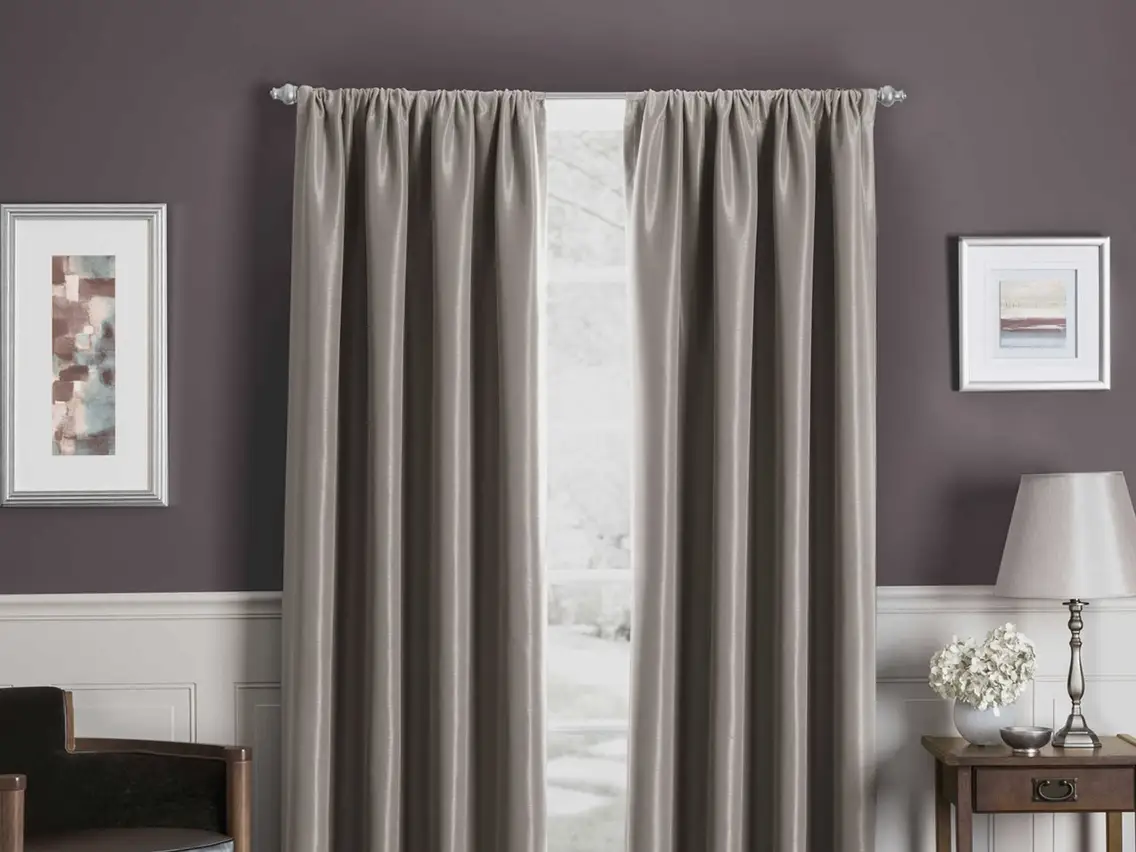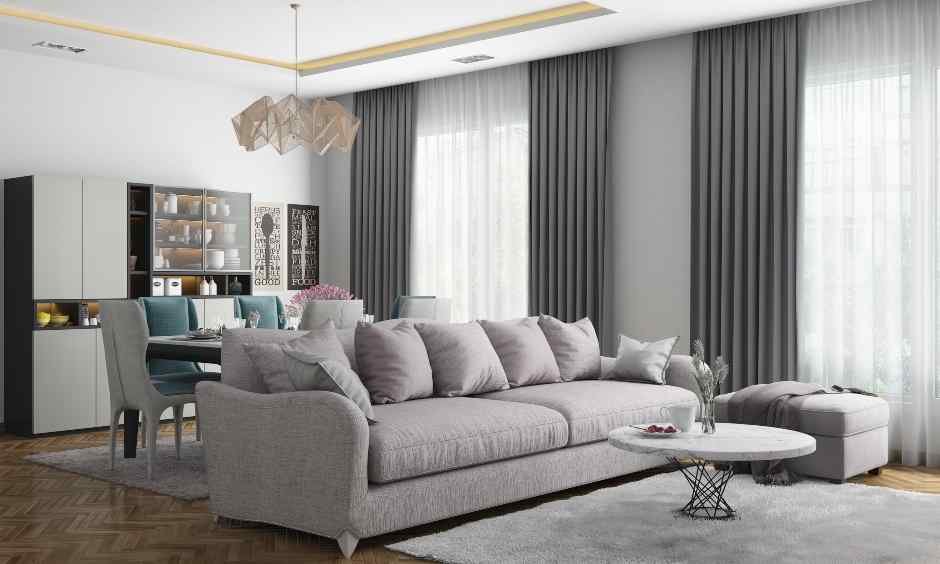Decorating your living room can be tricky, but choosing the right curtains is a great place to start. Curtains make a big impact on the overall look and feel of the space. They influence the room’s lighting, privacy, and style. With so many options to select from, deciding on living room curtains may feel confusing at first. Read our helpful step-by-step guide if you want to know how to choose curtains for living room.
Tips for Choosing the Best Curtains for Living Room
Look at What You Need
Find out what you need from living room curtains before you start shopping. Think about the room’s size, the number and type of windows, how much natural light it gets, and how private and bright you want it to be. Figure out if you want light-filtering curtains to soften sharp light, blackout for privacy and darkness at night, noise reduction, insulation, or sheer curtains for general lighting. Setting goals first lets you focus on styles that work.
Measure Properly

Once you know what you want, take precise measurements of each window – width from wall to wall and height from top to bottom. For floor-length curtains that puddle nicely, measure from the rod’s height down to just above the floor level. Record the exact dimensions of any non-standard windows as well.
Gathering accurate measurements ensures proper light blocking, stacking clearance if opening/closing curtains, and the appropriate fullness of gathered curtain panels. Buy rods and curtains based on real numbers, not guesses.
Select Rod Type and Placement
The curtain rods come in various sizes, extensions, shapes, and finishes. Consider the window’s location and curtains’ weight to choose an appropriate rod type and size. Remember to account for clearance above the rod for the curtain rings, panels, and heading depth when marking height.
Select Fabric and Lining
Fabric type and quality matter, so touch various textured samples in person. Cotton and linen suit casual spaces; faux silk and velvet offer affordability with elegance; real silk tops the luxury list. Consider fibers’ light-filtering abilities and insulating qualities as well. Additionally, unlined curtains cannot block light fully, nor will they provide sound dampening. Select optional blackout linings if optimal light blockage is essential. Alternatively, hang separate blackout panels behind lighter curtains.
Choose a Style

Lightweight sheers add a cozy look to the window. Insulated shades keep noise and light from getting in. A luxurious modern statement is made with motorized curtains that work automatically. Choose panels with pleats or grommets for classic rooms. Or add some style with bright colors or fun embroidery designs. If you can’t decide between styles, think about the mood you want your living room to have. The curtains shouldn’t stand out against the rest of the room’s style; they should match it.
Consider the Details
Look beyond just the fabric to complementary components that elevate your curtains’ aesthetic. Nickel, wood, crystal, and bronze hardware in finishes like antique brass, oil-rubbed bronze, and satin nickel add beautiful detail.
Embellished headings with grommets, decorative stitching, cinched pleats, or trendy tab-top styles also contribute visual interest. For a fuller body, select generous side hems, double or triple pleats, or cascading swags and jabots. And tie-backs or holdbacks in colors coordinating with the room keep drawn curtains tidy in place.
Some Additional Tips After Choosing Curtain for Living Room
Order Wide Panels
Nothing spoils the look of new curtains like skimpy panels that are too narrow or short. When purchasing, the shrinkage factor so dry cleaned curtains still provide adequate coverage later. Order panel widths equal to twice the window’s width to enable full light blockage when closed.
For floor-to-ceiling panels, allow at least 6 inches of extra length beyond the exact measurement from rod to floor. Wider, longer panels gracefully frame the windows and pool abundantly on the floor.
Install Properly

Improper installation can rapidly deteriorate curtains and hardware. Distribute weight evenly across a securely mounted rod rated for the curtains’ weight. Swing open panels before closing to prevent rubbing and friction damage. Install curtain rings correctly to allow panels to slide and stack smoothly.
Use ring ties, weights, or holdbacks for extra-long curtains dragging on the floor. And correctly hang vertical drapery panels so seams align neatly down the center. Follow all manufacturing guidelines to safeguard your curtains and rods.
Layer and Mix Multiple Styles
Creative combinations provide customization and versatility. Hang airy sheers behind room-darkening drapes to filter incoming light during the day while enabling blackout nighttime conditions. Or mix panels and swags using different fabrics and complementary colors.
Install separate motorized shades underneath lighter window coverings to conveniently still control incoming light. Experiment with eclectic multi-patterned designs or sophisticated tone-on-tone looks. Layering allows for achieving both privacy and ambiance.
Incorporate Valances, Tiers, and Trims

Valances, cascades, jabots, and tails add decorative flair above and below the main curtains. Contrasting tiers and trims introduce more color and texture while concealing hardware. Formal valances complement traditional rooms but also soften modern spaces with clean lines.
For casual coziness, a simple rod pocket valance may suffice. More lavish swag and cascade styles or ornamental lambrequin brackets make grand style statements. Such opulent accents frame windows impressively.
Tie It All Together
Once your new living room curtains are up, integrate them into the existing layout using design techniques that make the space visually cohesive. Coordinate or contrast curtain colors/patterns with furniture upholstery and accent pillows. Low furniture let’s curtains puddle prettily onto the floor without obstruction.
Float larger pieces away from windows for better flow. Add identical window and glass door coverings for continuity. Ensure all fabrics share comparable textures and sheens across the room. And keep the layered look cohesive by echoing colors, trims, and tied-back drapes on nearby furniture slipcovers.
Conclusion
The right curtains for your living room should do useful things like blocking out light and sound. But they also set the mood of the room and make the decor look nice and balanced. When picking window treatments, look at your space, make a list of how to choose curtains for living room, what is most important to you, and carefully measure your windows. Choose styles, fabrics, hardware, and accents that go with the look you want to achieve.
Follow the instructions that came with the hardware to hang the curtains properly. For luxury, layer panels, swags, and valances that are very expensive. And add furniture that goes well with the rest of the room to make it look good. When shopping for living room curtains, make sure you follow these tips to get the best ones.
Read more: What Are the Benefits of Blackout Curtains?






